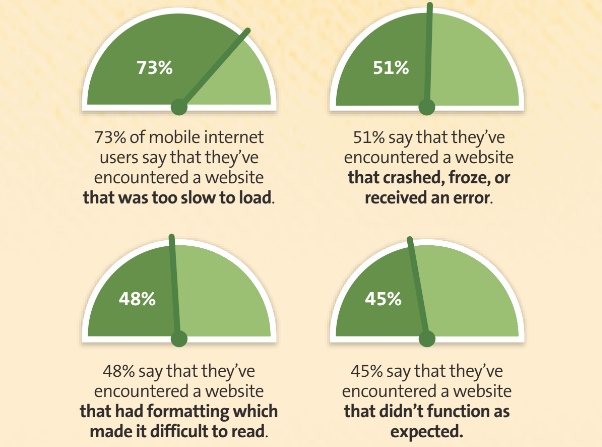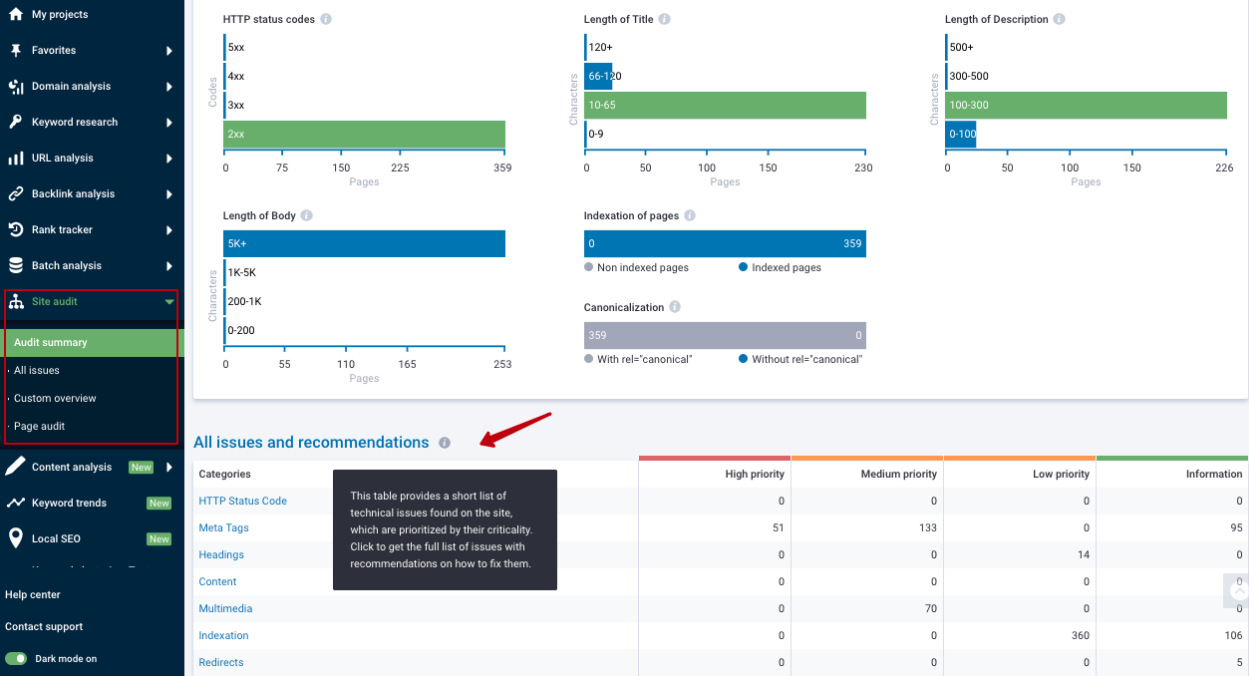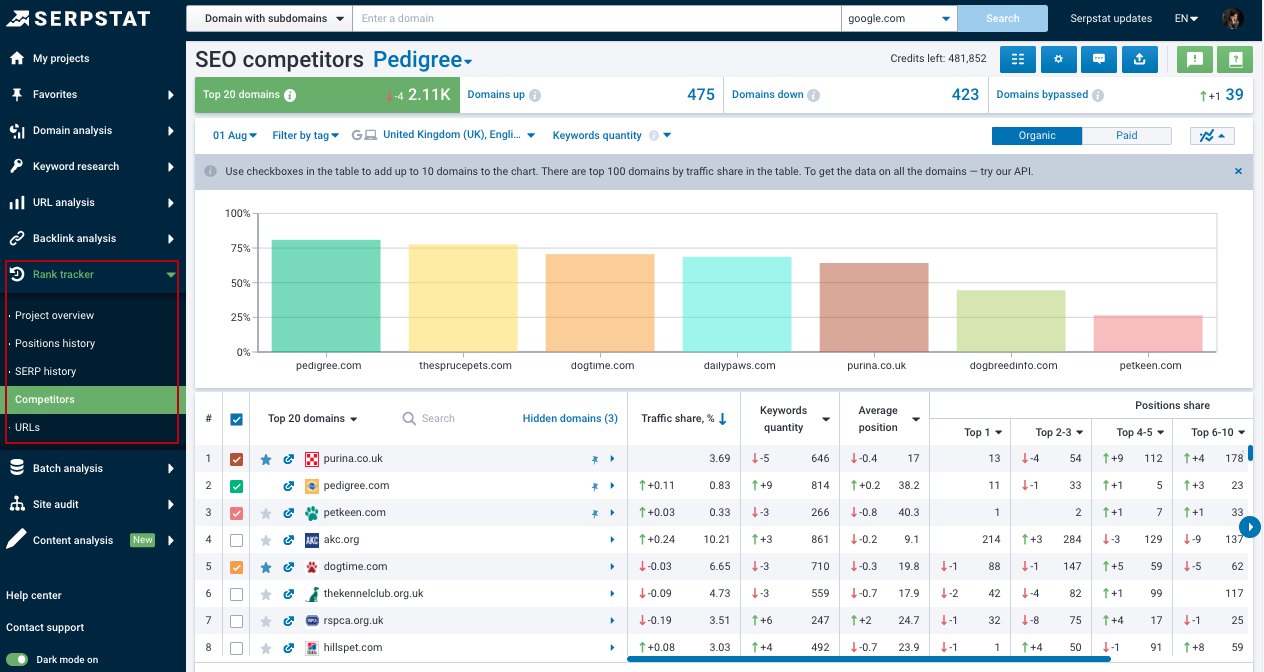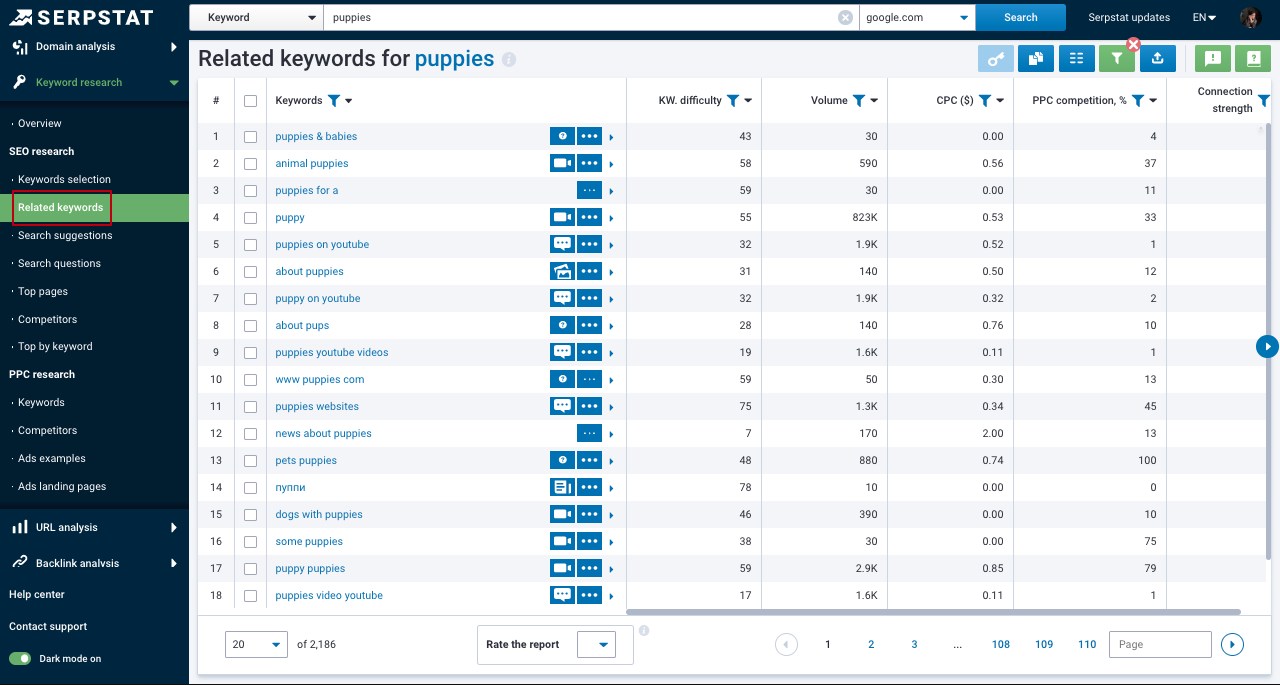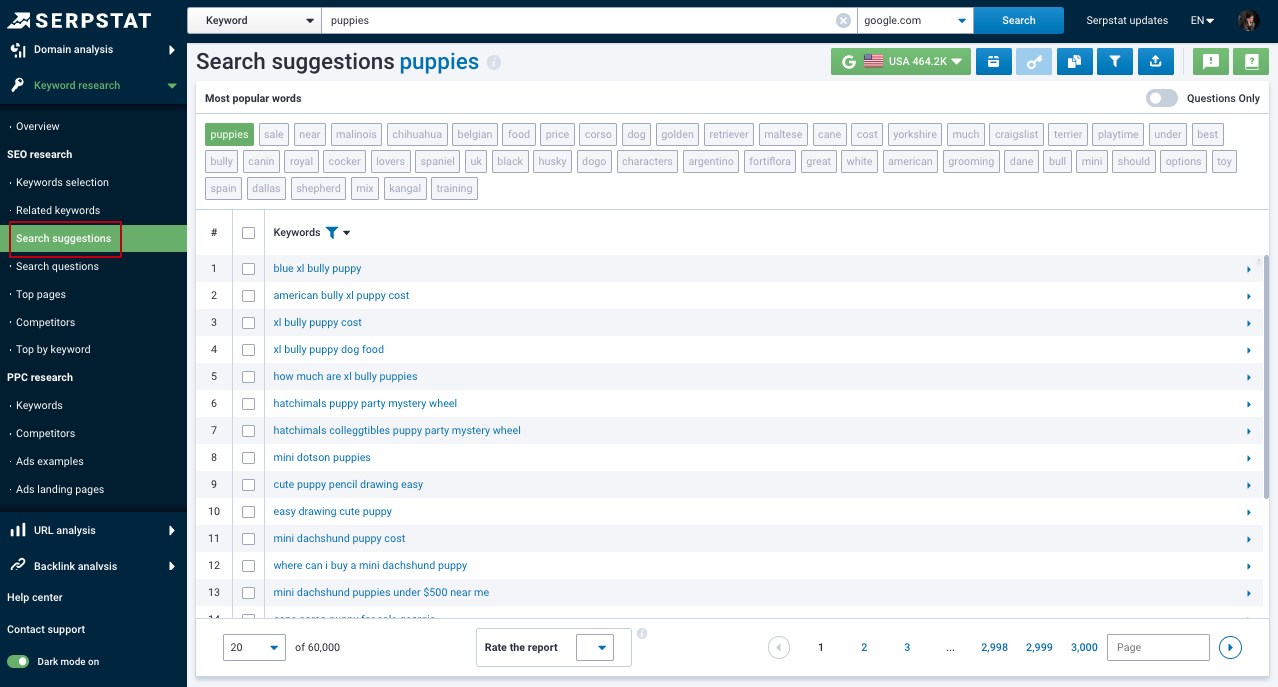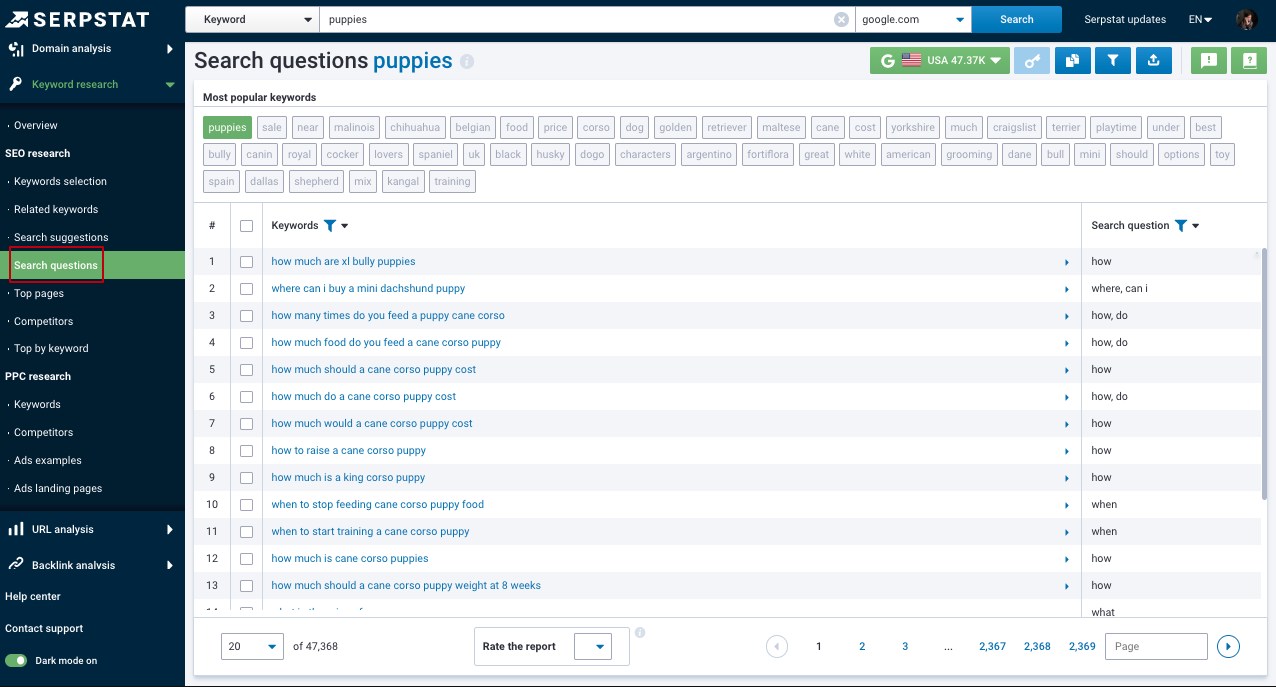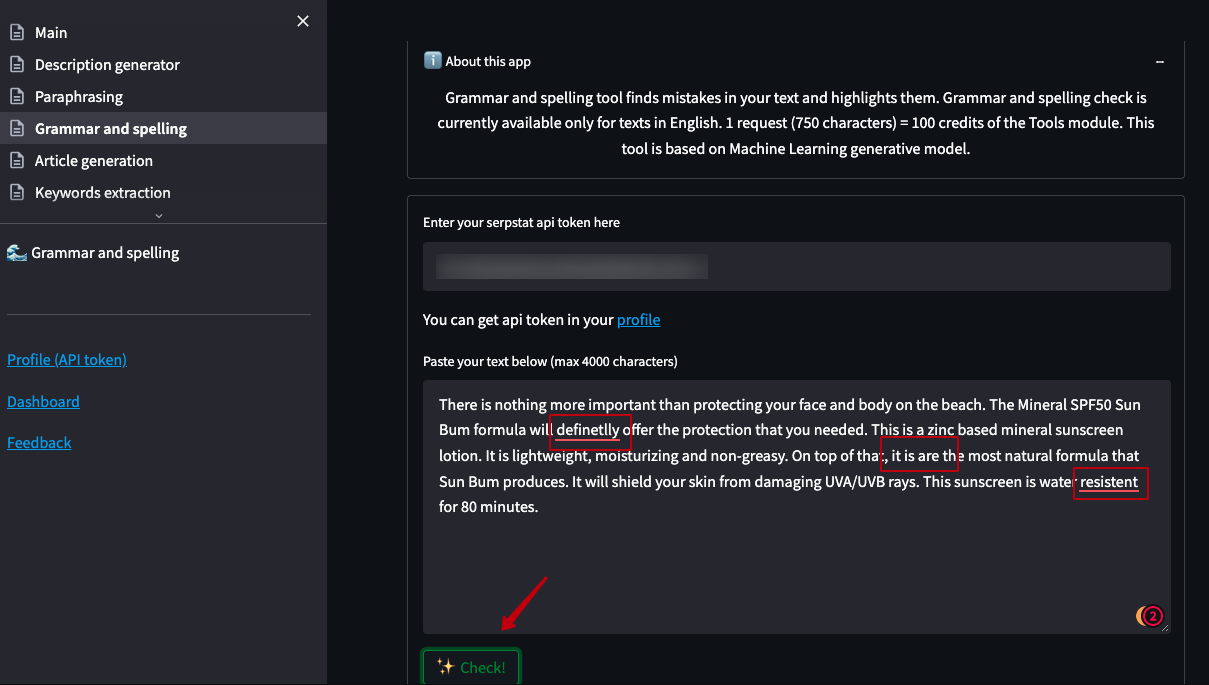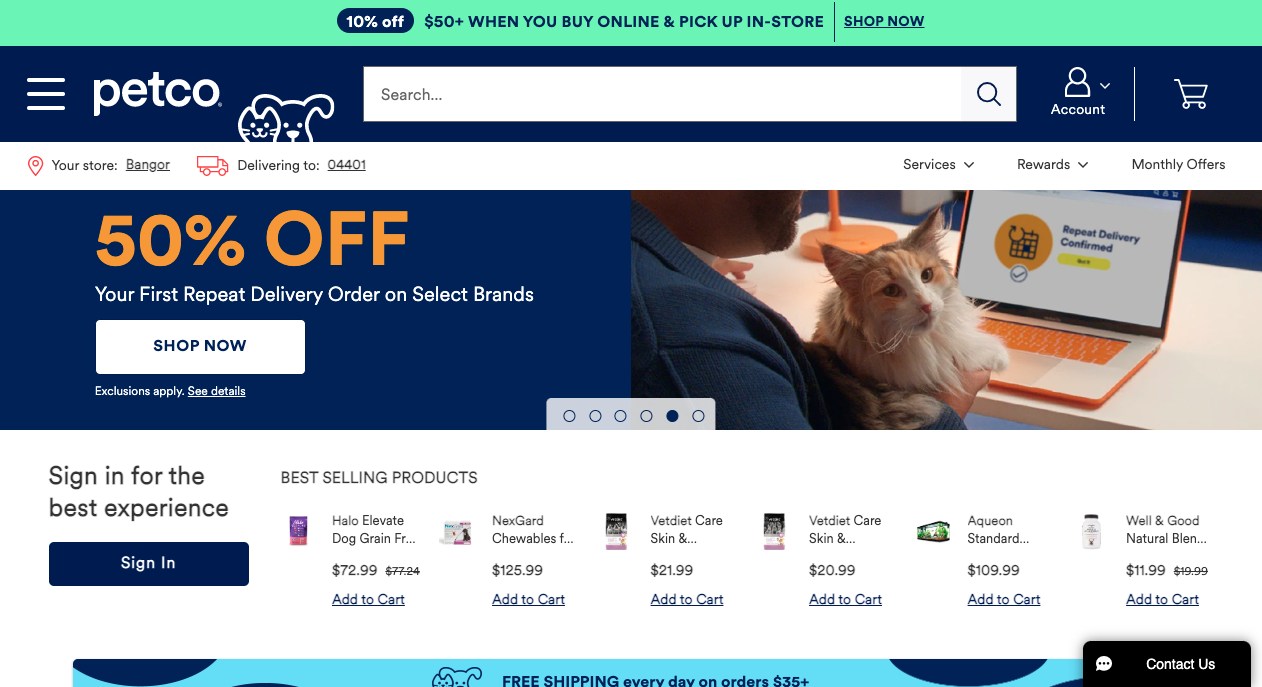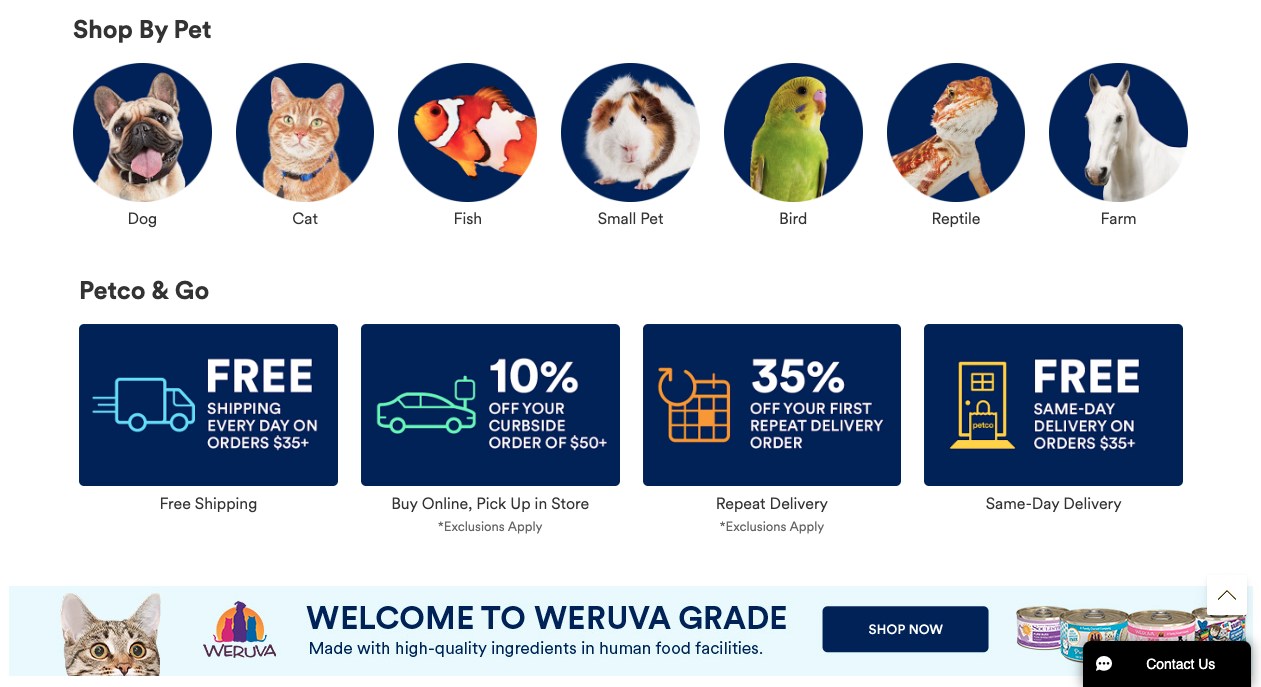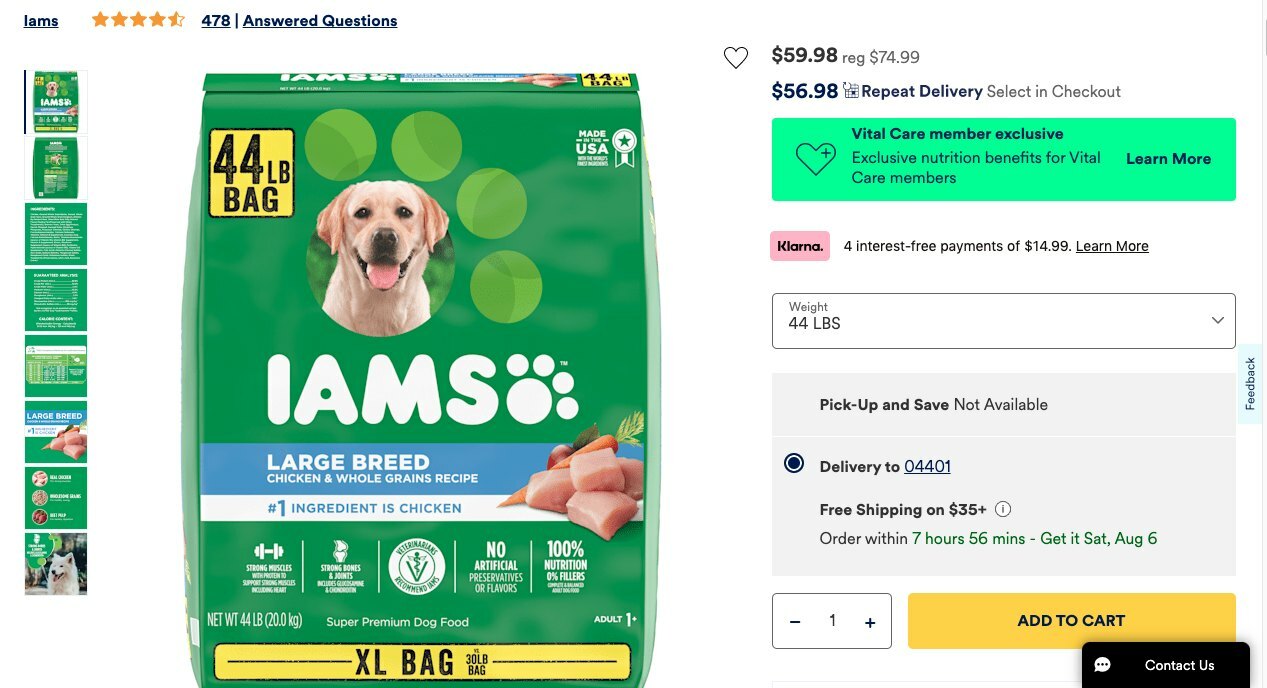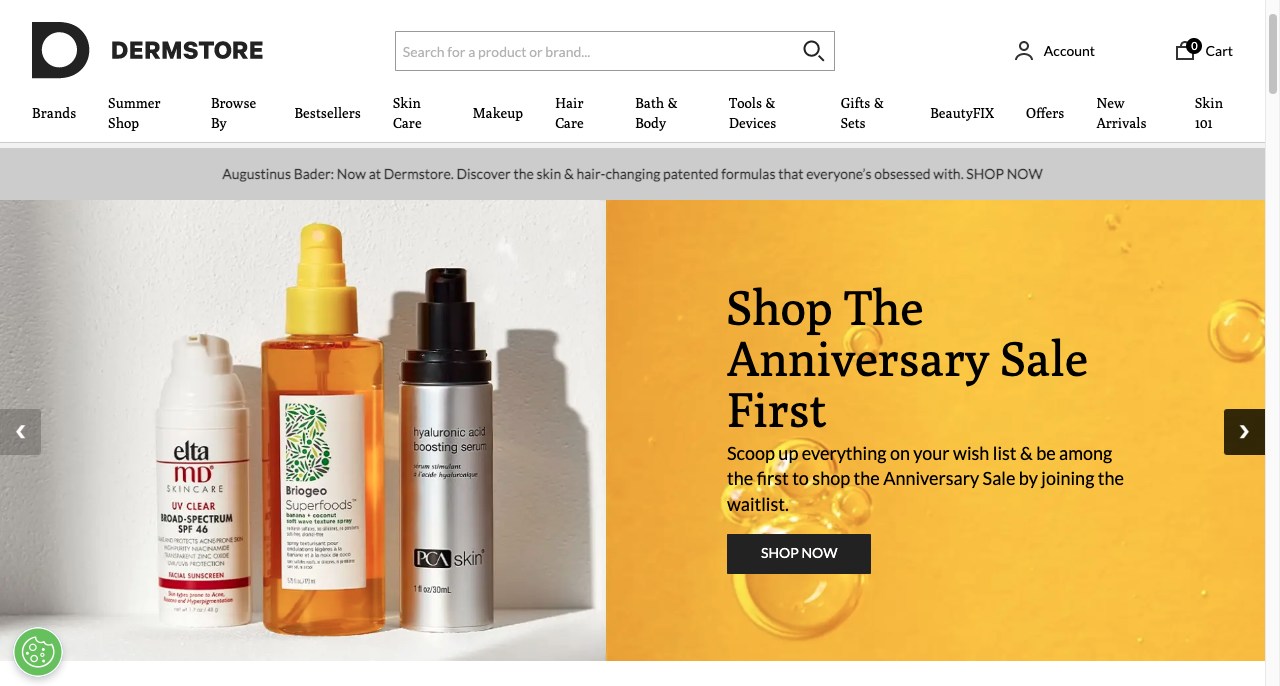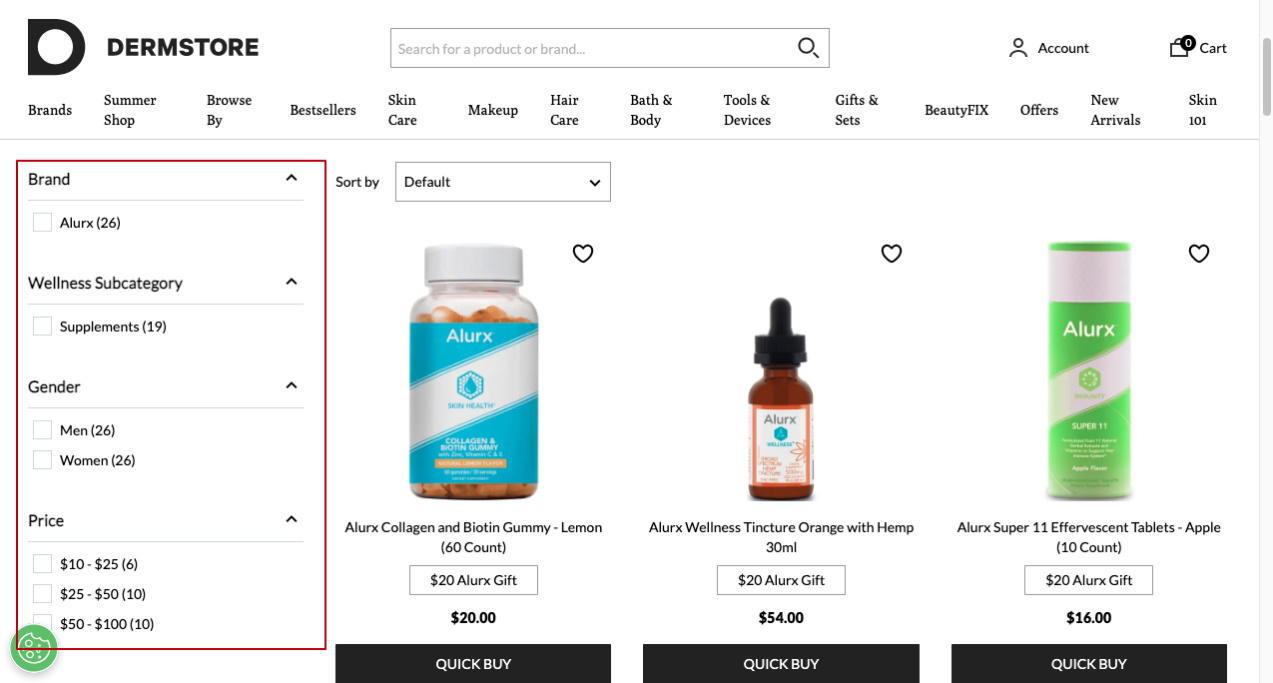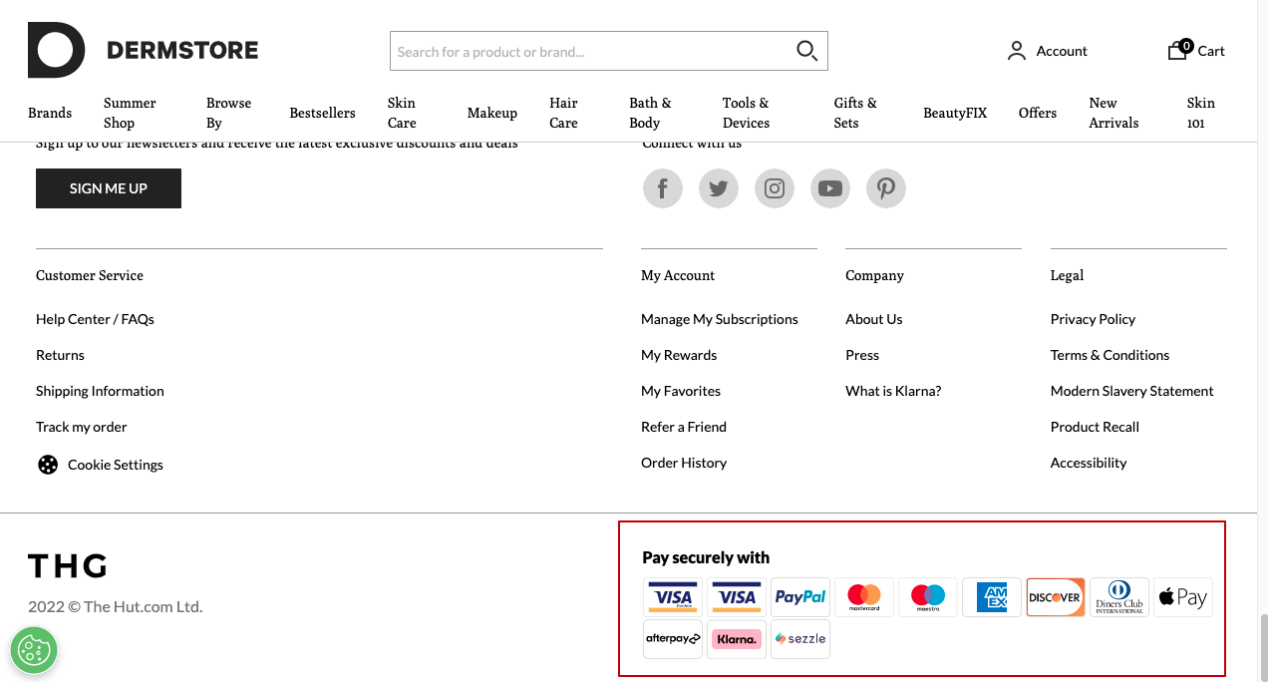Start Exploring Keyword Ideas
Use Serpstat to find the best keywords for your website
E-Commerce Website Redesign: Ultimate SEO Checklist

An attractive website is essential, but it won't matter if it can't convert visitors into leads.
Fortunately, there are several powerful redesigning techniques that can help you customize your brand and improve sales and conversions. These are listed in the article below.
1. E-Commerce Website Revamp Process: 7 Steps
1.1 Creating a New Look
Here are some hacks you might want to work on when creating a new look for your site:
1.2 Choosing a New E-Commerce Host
Choosing the right hosting plan during the redesign process is vital for your site. A good host helps you keep the traffic, make customers happy, and get good brand positioning.
It is particularly important in today's world where everyone seeks fast internet connection speeds. Research has shown that 47% of consumers expect eCommerce websites to load within two seconds.
Hence, make sure your eCommerce platform has quality hosting to avoid future problems.
1.3 Determining a Content Migration Plan
Find out where your platform falls short right now. Make a list of "must-haves" to get started. The most important things for enterprise-level stores and those who want to get to that business level are speed and volume.
Some companies need their platform to handle big jumps in traffic without crashing. Others need a platform that can manage rapid growth in both the number of visitors and the number of SKUs (stock keeping units).
1.4 Database Migration: Current Orders, Products, Customers, Passwords
You can move your data in one of three ways: by hand, with a migration app, or with the help of an outside team.
When moving data from your old platform to your new one, you should think about two main types of data: product data and customer/order data.
- Moving your product data manually is best since automated migrations can get complicated quickly when you have different product options, bundled packages, carts, and themes. When you move product data manually, you can be sure that the information is transferred correctly.
- When it comes to customer data, on the other hand, an automated migration app is enough because address and order history data is usually the same everywhere.
1.5 Transfer SEO: Redirects, Sitemaps, Structured Data
When you change your URLs or your site's content, you adjust what search engines know about your site and how they've ranked it. Any time a website moves, the goal is to lose as little traffic as possible. Doing a thorough SEO migration minimizes traffic loss.
When migrating to a new platform, consider the following SEO settings:
1.6 Testing & QA
You should start with an SEO audit. To ensure that your new website is optimized, do a full SEO audit of the website as part of your testing.
Serpstat will perfectly fit this task. You can use this platform to:
➡️ scan any site page to check for on-site issues;
➡️ sort out technical issues by their priority;
➡️ see recommendations for fixing issues that have a higher impact on your rankings;
➡️ track the growth dynamics of the site optimization level;
➡️ schedule automatic checks, and monitor if the number of issues found is decreasing.

Leave a request, and our experts will advise you on the development of your project, share training materials, and offer test access to Serpstat!
A few other tests you can do include:
- putting test orders on your new platform and paying for them with all the available methods;
- testing the platform on popular browsers like Chrome, Firefox, and Safari;
- using both a phone and a tablet to test your platform on mobile, especially on iOS and Android.
1.7 Launch & Grow
Don't forget to coordinate all the processes afterward and keep on track with SERP checkers. You can use Serpstat Rank Tracker Tool to monitor your website rankings in mobile, desktop organic, and paid searches. It allows you to:
➡️ get an accurate overview of your organic positions in the search;
➡️ analyze your market share and assess your potential;
➡️ evaluate which SERP features drive traffic to your site;
➡️ check the search ranking for your website, compare it to your competitors, and find new possibilities to appear in search engine top results;
➡️ see how stormy are the SERPs to correct your strategy in time.
2. Best E-Commerce Website Redesign Tips and Tricks
2.1 Homepage Optimization
- Utilize Simple Website Design
The more difficult it is for your customers to find what they are looking for on your website, the less satisfied they will be with your brand. This leads to two possible outcomes: either your customers don't find what they need or leave without checking what you propose. Both scenarios are unsuitable for your business, so you must avoid having a complicated design.
Here are some points to consider when optimizing your e-commerce homepage:
- Consider Mobile Experience
A lot of shoppers in the US use smartphones and tablets to interact with brands. If you want to reach mobile customers, your store must be optimized for mobile. That is:
→ responsive design on mobile;
→ fast website load time on mobile;
→ optimized images and videos for mobile;
→ simple checkout process on mobile.
Conduct mobile A/B testing to know what works and what doesn't. Mobile A/B testing isn't as straightforward as for desktop because shoppers may use mobile as a touchpoint. Customers may see something on mobile, but complete the purchase on a desktop.
To overcome this challenge, you must understand how customers use mobile to interact with your store before split testing. You can then proceed to test mobile sites or app elements just like on the desktop.
- Include Primary Calls-to-Actions
According to Ilija Sekulov from Mailbutler.io, “People want and sometimes need direction. Use strong CTAs to guide visitors. CTAs can improve website navigation and conversions.”
CTAs should include verbs to encourage action. When it comes to CTAs, simple is best. However, you can experiment by adding and removing words to see which works best.
Color matters for CTA buttons. Hubspot compared a red button to a green button, and the red button converted 21% more users. What's more, many companies use a color that stands out from their brand's color palette and white space to draw attention to the CTA.
- Demonstrate Site Security
One of the problems with online shopping is the security of information. Online shoppers want assurances that their data is secure when they shop. If your website is secure, you'll convert more visitors.
Your homepage should feature trusted seals and badges as footer items. Secure Socket Layer (SSL) certificates are vital for your eCommerce website. Otherwise, the browser will label your site "not secure" and won't display it.
2.2 Category Page Optimization
- Promote the Latest Arrivals at the Top
Even if most of your products will live on internal product pages, you can highlight your latest arrivals on the homepage. Putting your latest products on display gives customers an instant idea of what is available. It helps you take advantage of quick rush sales.
You can also test which products perform best on the homepage over time. You should experiment with displaying bestsellers, seasonal items, or new products on the homepage. See what works best for you and stick with it.
- Show Personalized Product Recommendation
Customers nowadays expect personalized shopping recommendations from eCommerce websites. After receiving personalized content, up to 34% of consumers are more likely to make an unplanned purchase, according to Forbes. It makes them feel special and creates an impression that you care about their needs.
You can do this using data from the web and social analytics, which shows who they are, what they like, and where they've been on your site. This is what can increase a customer's engagement and lead to additional purchases.
- Add a Search Bar and Filter Options
→ While most of your visitors will be content to simply browse the site in search of items that appeal to them, some of them will have a specific goal in mind. A search bar gives your customers with specific needs the ability to navigate directly to the page they require.
→ Filters help users find what they need among many products. Most eCommerce sites today have mobile filter overlays that help customers find products they want using specific keywords.
You can pick the right keywords that attract your audience using Serpstat Keyword Research Tools. It can help you collect real-time search suggestions and find out the interests of your audience to write effective content and edit tags.
- "Related Keywords" report represents all search queries that are semantically related to the searched keyword. This is where you can check and use new variations of the queries.
- "Search Suggestions" report shows the queries offered to users under the search bar.
- "Search Questions" report is where you can see all question forms of search suggestions. These are questions that include a selected keyword that users are looking for an answer to.
2.3 Product Page Optimization
- Create Consistent Branding
Consumers today often switch between websites or apps when shopping online. 85% of customers begin a purchase on one device and finish it on another. This means you must ensure brand consistency across all of your pages.
Customers should see the same colors and messages on all your website pages. Different branding on your pages could confuse your customers, especially if they switch websites during purchase.
- Quality Content Only
Don't mistake using pixelated images, huge image renders, and sites with no product photos. Customers are more likely to buy products if they can see them. So, take good photos of your products, so as better picture quality increases product appeal.
Use high-quality, small-file-size images on your product pages. This improves web store page performance and user experience. A good idea would be to add videos, as they capture a product's look better than images.
According to a survey by Emarketer, 83 percent of respondents believe that high-quality product images and descriptions help them decide to buy products. So:
This tool is based on Machine Learning generative model. Make the most out of this and other Content Analysis tools.
- Include Reviews and Testimonials
If you want your e-commerce website design to stand out from the crowd, you must collect and display your best customer reviews. You need reviews to make sales because 90 percent of customers read reviews, and 88 percent trust them. Reviews provide social proof and are extremely helpful in persuading new customers.
- Develop methods for continually sourcing reviews and adding new testimonials to these areas.
- Display your most vibrant reviews and testimonials prominently.
- For an added boost, consider using customer faces and names.
2.4 Checkout Page Optimization
Optimizing checkout pages is critical as it can help you make more sales. Here are some ways to do so.
- Integrate Payment Options
To avoid losing your customers, ensure you have as many payment options. Aside from the regular credit card payment option, look into payment wallet services. Examples include PayPal, Apple Pay, and Android Pay. They are becoming increasingly prevalent as options on e-commerce checkout flows.
In fact, they may eliminate the traditional checkout and use of credit cards and cash because they are easy to use. Therefore, you should consider using them on your eCommerce website.
- Optimize Checkout Process
Shopping cart abandonment is a major issue for eCommerce stores. According to research, the average shopping cart abandonment rate is 69 percent.
Cart abandonment can result in significant losses for your business. That is why you must optimize your checkout process for maximum returns. Make some adjustments to your design and content in the following ways:
- Add Shipping and Tracking Information
One of the most important aspects of a great customer experience is informing people when their items will arrive. According to ProShip, nearly all customers (80 percent) expect to be able to track their online orders.
When prospective customers are unsure when they will receive their products, most will not complete the purchase. Giving your customers all the information they need is one of the simplest ways to improve the conversion rate of your e-commerce website.
Put yourself in the shoes of a typical website visitor. What would you like to see if you were to buy something from your store?
Try to locate specific products by clicking through your navigation links. If you can't find the products with a few mouse clicks or taps on your mobile device, your site may need more improvements.
3. Why Redesign an eCommerce Website?
The following are some indicators to help you decide if a redesign is necessary for your business.
3.1 Mobile-First Experience
Responsive websites make online sharing easy, so visitors are more likely to share on social media. Customers won't purchase from a mobile-unfriendly site, so you need to optimize your website for mobile devices to reach your market.
3.2 Improved Branding
Redesigning your website with an emphasis on your brand is necessary to establish a distinct identity for your company. When people visit your website, they subconsciously associate elements of your brand with your company.
3.3 Better SEO
Suppose your website has up-to-date information, accurate descriptions, current posts, and recently updated content. In that case, Google will be able to crawl it effectively and present customers with the information that is most relevant to them and the most recent.
So, if your eCommerce site has SEO issues, you need to consider redesigning. To know more about eCommerce SEO, check out this ultimate guide.
3.4 Smooth UI/UX
Users should be able to easily find specific content when visiting your website for the first time. Visitors who find navigating complicated or confusing will leave quickly and will not engage with your business.
4. Excellent eCommerce Website Design Examples
4.1 Petco
→ Its homepage has a simple and attractive design that provides easy navigation.
→ It has a search bar in the header, which you will find across all store pages.
→ The CTAs are clear and easy to understand across all sections.
→ Product page provides enough details about the product (both in texts and images) and includes ratings and reviews for social proof.
4.2 Dermstore
→ One thing I love about the homepage is that it includes a product video at the bottom of the page. Adding a video to a store homepage is not something you see every day, but it does improve customer experience, especially if you sell a new product.
→ Dermstore also has a search bar in the store's header, which appears on all pages. The menus at the top provide easy navigation for buyers to find products.
→ Finally, a checkout page is that it offers several payment options for buyers.
5. Cost Consideration For an eCommerce Website Redesign
The following are some of the factors that can affect the total cost of redesigning your eCommerce website:
6. Final Thoughts
You'll sell more when you update and optimize your site with the best practices. And using the tips mentioned above, you'll have better chances to boost your daily sales. So, go for it!
Speed up your search marketing growth with Serpstat!
Keyword and backlink opportunities, competitors' online strategy, daily rankings and SEO-related issues.
A pack of tools for reducing your time on SEO tasks.
Discover More SEO Tools
Backlink Cheсker
Backlinks checking for any site. Increase the power of your backlink profile
API for SEO
Search big data and get results using SEO API
Competitor Website Analytics
Complete analysis of competitors' websites for SEO and PPC
Keyword Rank Checker
Google Keyword Rankings Checker - gain valuable insights into your website's search engine rankings
Recommended posts
Cases, life hacks, researches, and useful articles
Don’t you have time to follow the news? No worries! Our editor will choose articles that will definitely help you with your work. Join our cozy community :)
By clicking the button, you agree to our privacy policy.
Thank you, we have saved your new mailing settings.

